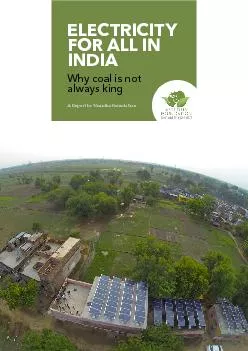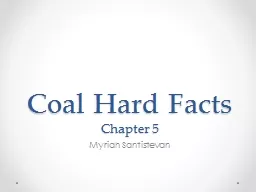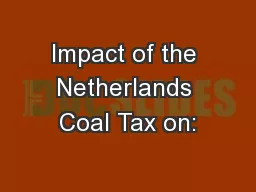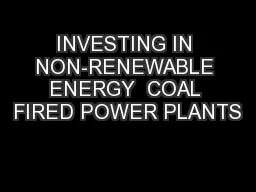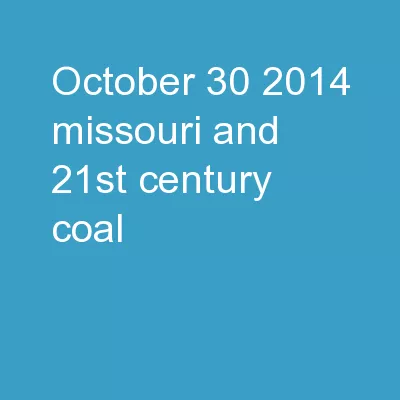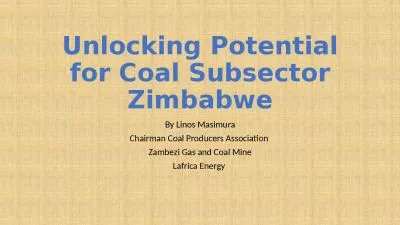PDF-ELECTRICITY FOR ALL IN Why coal is not A Report by Vasudha Foundation
Author : danika-pritchard | Published Date : 2016-02-26
Authors Sunita Dubey SiddharthChatpalliwar KrishnaswamyEditorial services provided by Severine Harrison and Louise Waters Practical Action Consulting Research inputs
Presentation Embed Code
Download Presentation
Download Presentation The PPT/PDF document "ELECTRICITY FOR ALL IN Why coal is not A..." is the property of its rightful owner. Permission is granted to download and print the materials on this website for personal, non-commercial use only, and to display it on your personal computer provided you do not modify the materials and that you retain all copyright notices contained in the materials. By downloading content from our website, you accept the terms of this agreement.
ELECTRICITY FOR ALL IN Why coal is not A Report by Vasudha Foundation: Transcript
Download Rules Of Document
"ELECTRICITY FOR ALL IN Why coal is not A Report by Vasudha Foundation"The content belongs to its owner. You may download and print it for personal use, without modification, and keep all copyright notices. By downloading, you agree to these terms.
Related Documents

